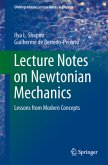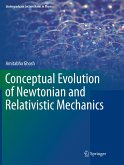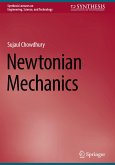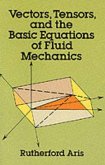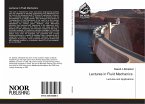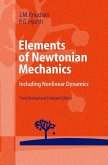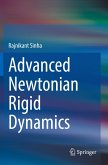Classical mechanics is the basis for any university-level study of technical-scientific disciplines. But most existing manuals use a technological and engineering approach, with basic aspects sometimes insufficiently highlighted. This book introduces the concepts and applications of classical mechanics into Newtonian formalism. Newtonian dynamics is useful for solving applied physics and engineering problems, but also a fascinating theory anchored in questions posed since the times of the Greek philosophers, regarding space, the flow of time, measurable physical quantities, the physical principles with the mathematical structure needed to describe the Universe, etc. The author aims to encourage students to think about these fundamental aspects and how they will be addressed in modern physics, including the successes and limitations of Newton's mechanics. The book is designed to mirror the progress of the students using it, with earlier chapters assuming nomore than basic high school instruction and later ones geared toward subsequent enhanced understanding. The book is designed for students of undergraduate programs in physics, mathematics, chemistry, and engineering who will deal with modern physics, as they will benefit from an approach in which the aspects of classical mechanics are introduced in a propaedeutic approach towards relativistic physics and quantum mechanics.
Bitte wählen Sie Ihr Anliegen aus.
Rechnungen
Retourenschein anfordern
Bestellstatus
Storno


